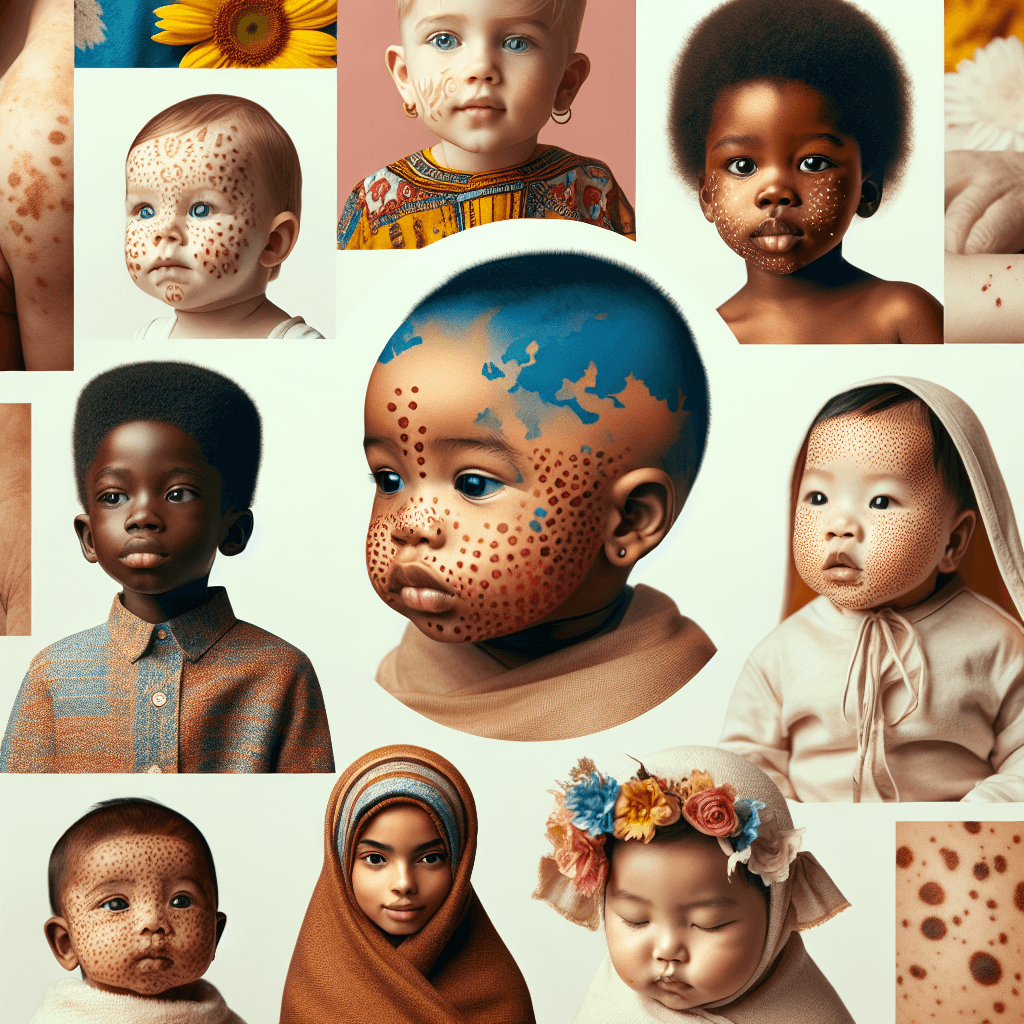Baby Birth Signs: What You Need to Know
Introduction
Each newborn is unique and often comes into the world with small distinctive marks, known as birthmarks. They can appear in different shapes and sizes, being one of the first curiosities of new parents. Although in most cases they are harmless, it is essential to know the types of birthmarks, their meaning and when it is necessary to consult a doctor. Here is a detailed guide to help you better understand this fascinating phenomenon.
Types of Birth Signs
Vascular signs
Many birthmarks are vascular, meaning they are caused by blood vessels that have not formed properly. The most common are hemangiomas, which are benign tumors, and wine spots, which are flat reddish or purplish spots. Hemangiomas may increase in size during the first few months of life, but usually begin to shrink as the child grows. On the other hand, wine stains retain their size and color throughout life.
Pigmentation signs
Other signs are pigmentation, caused by excessive skin pigmentation. Melanocytic nevi are the best example and are commonly known as moles. These nevi can be present at birth or appear in the first years of the child's life.
Complicated signs
There are also birthmarks that can indicate more serious medical conditions. For example, a large pack of moles may indicate neurofibromatosis. In these cases, a medical consultation is crucial to eliminate possible risks.
Genetic Influence and Environmental Factors
It is good to know that many birthmarks are not hereditary. However, there are also cases where a certain type of birthmark can be passed on genetically. Also, environmental factors do not seem to play a role in the development of birthmarks in babies.
When to Consult the Doctor
Although most birthmarks are not dangerous, it is important to notice any changes. Any change in size, shape or color should be discussed with a pediatrician. Also, any mark that changes texture, causes discomfort, or begins to bleed needs medical attention.
Treatments and Care
Many birthmarks do not require specific treatment and do not affect the health of the child. However, if they cause aesthetic or emotional problems later in life, there are treatment options such as laser or surgery. Daily skin care with age-appropriate products and sun protection are essential to maintaining the health of the epidermis.
Conclusion
Birthmarks on babies are common features, and more often than not, they represent just one detail of their unique identity. While some signs are simply an aesthetic difference, others may require special attention. It is important for parents to be informed and work with a pediatrician to ensure proper care of any birthmarks. In the end, each sign of your child is a story in itself, one that deserves to be known and cared for with love.














































































































































